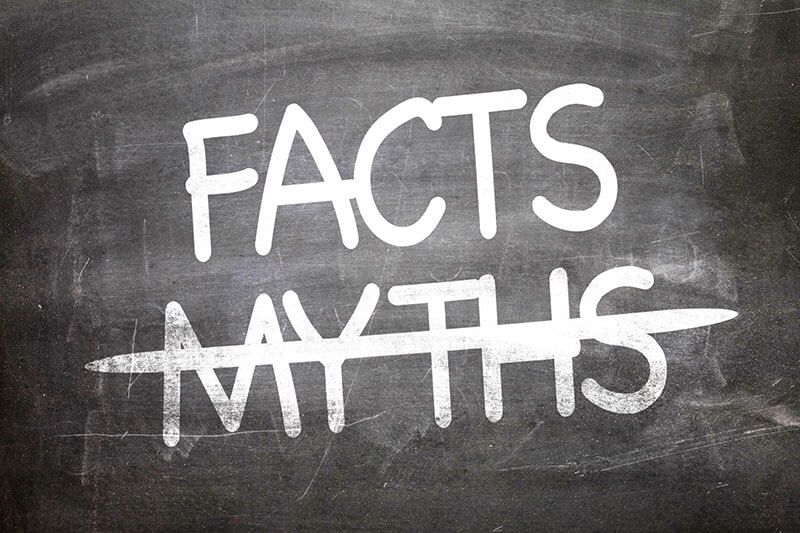5 Popular Dental Myths – Debunked!
19 April 2016

Word of mouth is usually the most trusted source of information, but that doesn’t mean it’s always true. We hear plenty of urban legends and false claims when it comes to dental health and because we care for your dental wellbeing, we decided it’s now time to debunk these myths!
Myth # 1 – You should brush your teeth after every meal
As tempting as it may feel to grab your toothbrush when you’re feeling full, this can be more detrimental than you think. Brushing within 30 minutes of finishing a meal can actually weaken tooth enamel. Instead of brushing, you could chew sugar-free gum. This stimulates saliva flow whilst cleaning the mouth of food debris and neutralizing plaque acids.
Myth # 2 – Fizzy drinks are fine for my teeth as long as they’re diet
Although most diet drinks don’t contain sugar – they do contain large amounts of acid. This can weaken tooth enamel and create a greater risk of decay. Researchers at the University of Michigan compared the eroding effects of full sugar drinks with diet on teeth and found very little difference. It’s better to stick to drinks that are low in acid to keep your teeth from wearing, helping to protect them from becoming sensitive.
Myth # 3 – Bleaching is bad for your teeth
There has been a lot of cases recently of ‘rogue’ practitioners offering teeth whitening services without proper training that definitely makes bleaching unsafe. But if carried out in a professional environment by your dentists – teeth whitening doesn’t effect the health or strength of your teeth. Proper bleaching materials are PH neutral and don’t show damage to the enamel or root of the tooth.
Myth # 4 – You shouldn’t brush if your gums are bleeding
Although it may not feel natural to brush bleeding gums, this can make recovery time a lot longer. Gums often bleed because plaque and food particles become caught along the gum line causing it to become inflamed. This can extremely irritate sensitive gum tissue. Brushing and flossing twice a day is a good step to take to stop bleeding gums. If bleeding persists, make sure you tell your dentist.
Myth #5 – Placing an aspirin next to a tooth will stop pain
Because aspirin only works when it’s in the blood stream, some argue this old tale can work if the pain comes from the gum, although it would be a little tricky to keep it in place, not to mention the horrible taste! However, if the pain is coming from the tooth structure, the aspirin cannot get through the enamel to get to the nerve. It’s much easier to take painkillers the usual way, with a glass of water.
